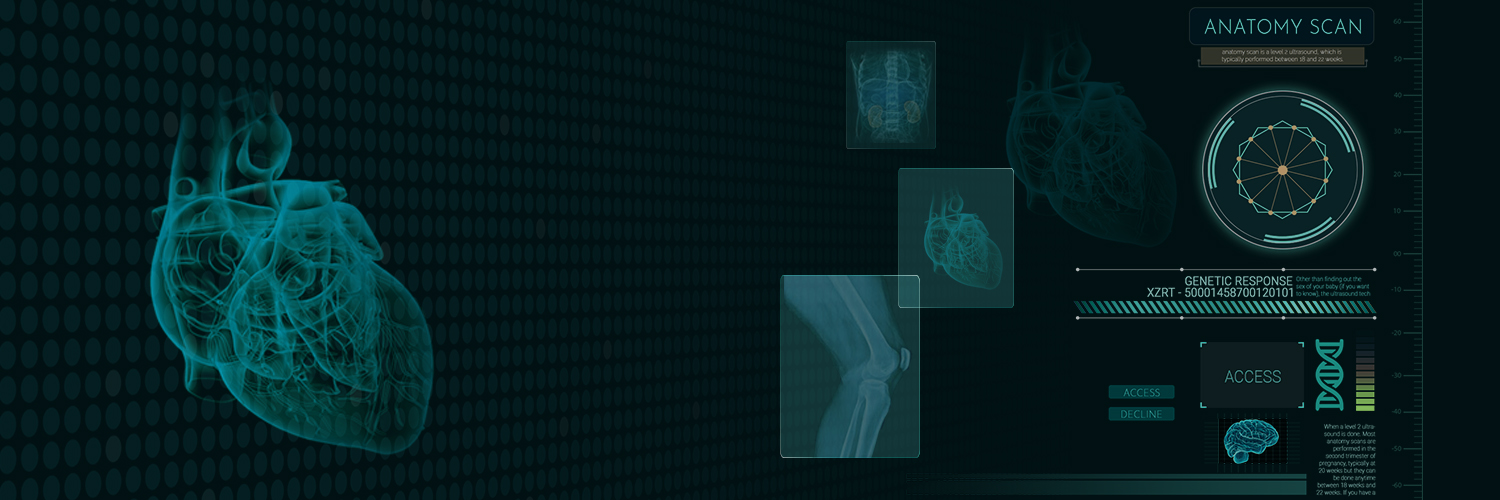EXCRETION
Elimination of toxic and waste substances from the body is called excretion. Plants produce waste products in the form of two gases i.e. oxygen during photosynthesis and carbon dioxide during respiration. They excrete these gases through a structure called stomata. Animals have an excretory system consisting of a couple of kidneys, ureter, urinary bladder and urethra. Kidney has a structural unit called nephron where the blood is filtered. After filtration, pure blood will circulate back to other parts and extracted waste products are passed to the ureter. Urinary bladder collects urine which is excreted through the urethra.
EXCRETION IN PLANTS:
- In plants, the cellular respiration, photosynthesis, and other metabolic reactions produce a lot of excretory products.
- Carbon dioxide, excess water produced during respiration and nitrogenous compounds produced during protein metabolism are the major excretory products in plants.
- Plants produce two gaseous waste products i.e. oxygen during photosynthesis and carbon dioxide during respiration.
- Excretion of gaseous waste in plants takes place through stomatal pores on leaves and ‘lenticels’ in stems and released to the air.
- Oxygen released during photosynthesis is used for respiration while carbon dioxide released during respiration is used for photosynthesis.
- Transpiration is the process of elimination of water through the stomatal pores and from the surfaces of fruits and stems.
- The Metabolism in plants also generates organic by-products which are stored in different forms in different parts.
- The gums, oils, latex, resins, etc. are some waste products stored in plant parts like barks, stems, leaves, etc.
- The plants get rid of these wastes by shedding of leaves, peeling of bark and felling of fruits.
- Waste products can also be stored in the form of oil produced from orange, eucalyptus, jasmine, latex from the rubber tree, papaya tree, and gums from acacia. These may be excreted into the soil.
The process of excretion in plants involves the following:
- Transpiration:Stomata, lenticels of the stem, and the outer surface of stems, fruits, etc. excrete gaseous wastes and water.
- Storing:Certain organic wastes are stored in plant parts like barks and leaves.
- Diffusion: Aquatic plants excrete metabolic wastes through diffusion while terrestrial plants excrete into the soil.
EXCRETION IN ANIMALS
- In Amoeba (and other single celled animals), the waste material carbon dioxide is removed by diffusion through the cell membrane, but nitrogenous wastes (like ammonia) and excess water are removed by the contractile vacuole.
- In earthworm, the tubular structures called nephridia are the excretory organs. In addition to nephridia, the moist skin of earthworm also as an excretory organs.
- In human beings, the microscopic thin tubules form nephron, which functions as excretory unit. About 1 million nephrons taken together form the excretory organ of human beings called kidney.
Removal of waste products in Humans
The major wastes produced by the human body are: Carbon dioxide and Urea. Carbon dioxide is excreted by the lungs and kidneys excrete urea.
